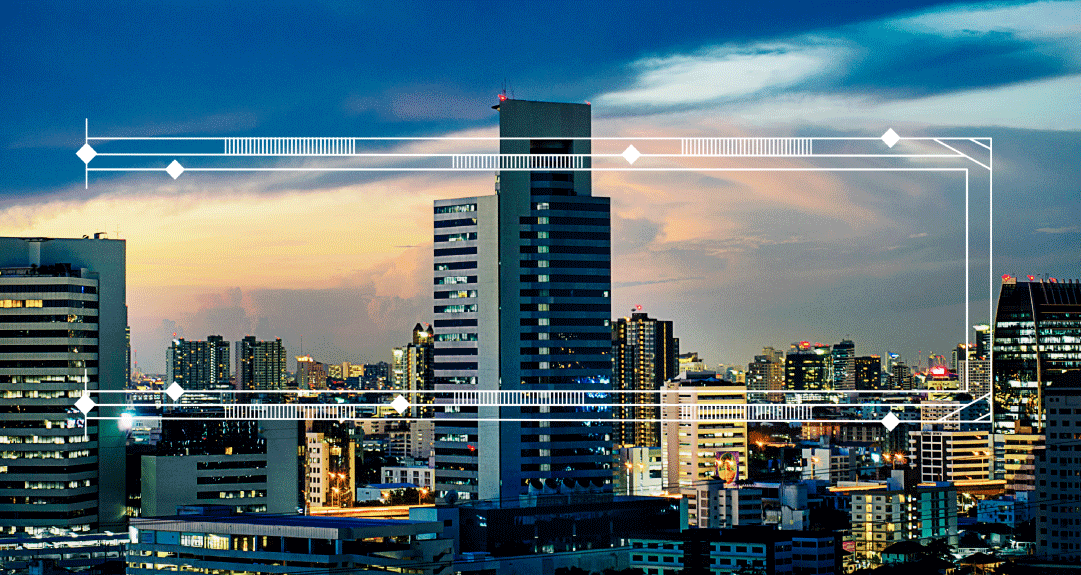
CATEGORY
Blog, Industry News, Smart Cities
DATE
Dec 20, 2022
By 2050, 70% of the world’s population will live in cities. This increasing pressure on urban environments will critically depend on our ability to use technology to make cities more efficient, connected, inclusive, sustainable, and lively for his citizens and business. Smart cities are the proposed answer to these challenges.
What are “smart cities” ?
These are cities capable of using information and communication technology (ICT) to create better infrastructures and management tools for its citizens – from public transportation to energy saving, sustainability or efficiency in all its aspects.
In other words, it is the combination of people, technologies and creativity in a way that can make any city in the world more sustainable and efficient.
Its goal is to pursue the following values:
- Inclusion
- Transparency
- Improving resource allocation
- Clustering
An advance in smart cities are energy charging points for cars, which will be found in the different places within the cities.
Digital twins in the metaverse
By their reliance on IoT technologies and automated data management to capture the dynamics of urban environments, smart cities provide us with a wealth of information that can be leveraged to replicate most of the cities’ activities in a virtual fashion. So, the next natural step in the evolution of smart cities is their migration to the Metaverse through digital twins.
There is no universally established definition of the metaverse. It doesn’t refer to one type of platform, technology or community but instead a change in how end users begin to interact with the world. In the metaverse, the following features are combined in a realistic, parallel world with interpersonal, economic, and potentially industrial activity.
At Optiva Media, we are increasingly incorporating profiles related to the development of the metaverse, XR, and VR applications, and their integration with different AI and image processing techniques in different domains such as Industry 5.0, which bears resemblances to the type of interactive scenarios required by Virtual Smart Cities.
Despite some limitations, we can already see the potential benefits of using a Metaverse in Industry 5.0. One use case that Optiva Media R&I is working on is the Metaverse for the AI-assisted design of Digital Twins.
A Digital Twin is a virtual representation of a real-world physical system or product. It serves purposes, such as system simulation, integration, testing, monitoring, and maintenance. In the metaverse operators, engineers, stakeholders and end users can connect to design and analyse DT of manufacturing sites and industrial prototypes very early in the design process by expressing their design ideas. These ideas are transformed into viable systems based on technologies of AI-assisted design and ML.
Industrial Digital Twins and AI-assisted design will make these processes cheaper, faster, and safer.
If you wish to know more about this development or its benefits in this and other industries you can read about one of Optiva Media’s current project: an integrated solution program for smart agriculture to achieve a more sustainable future. To do so, click here.
